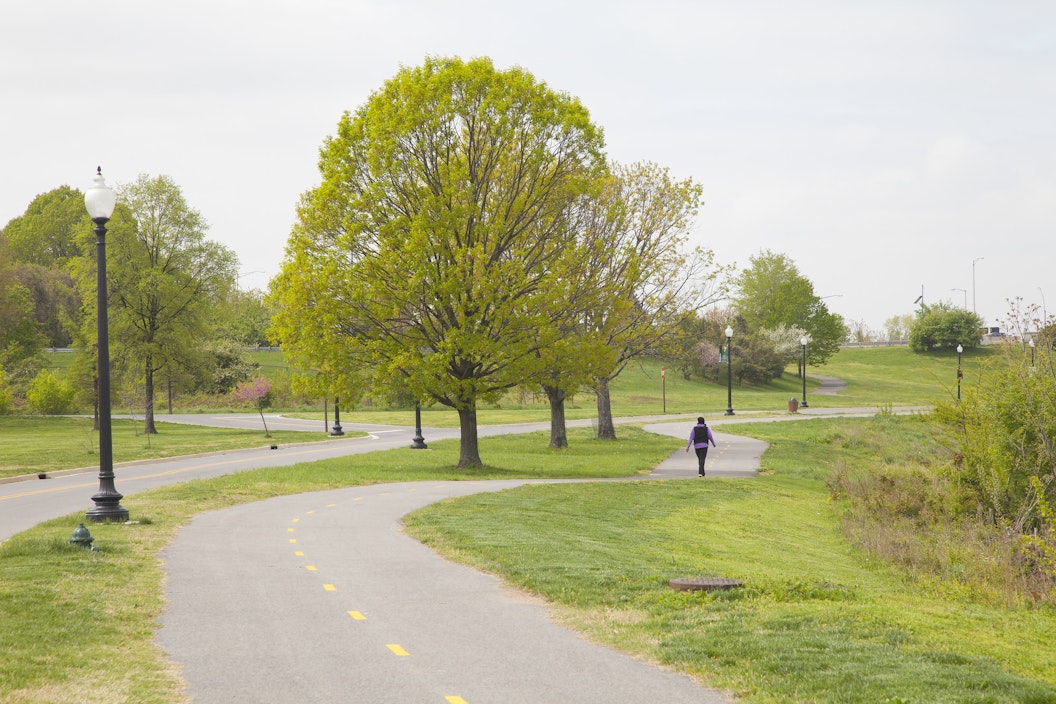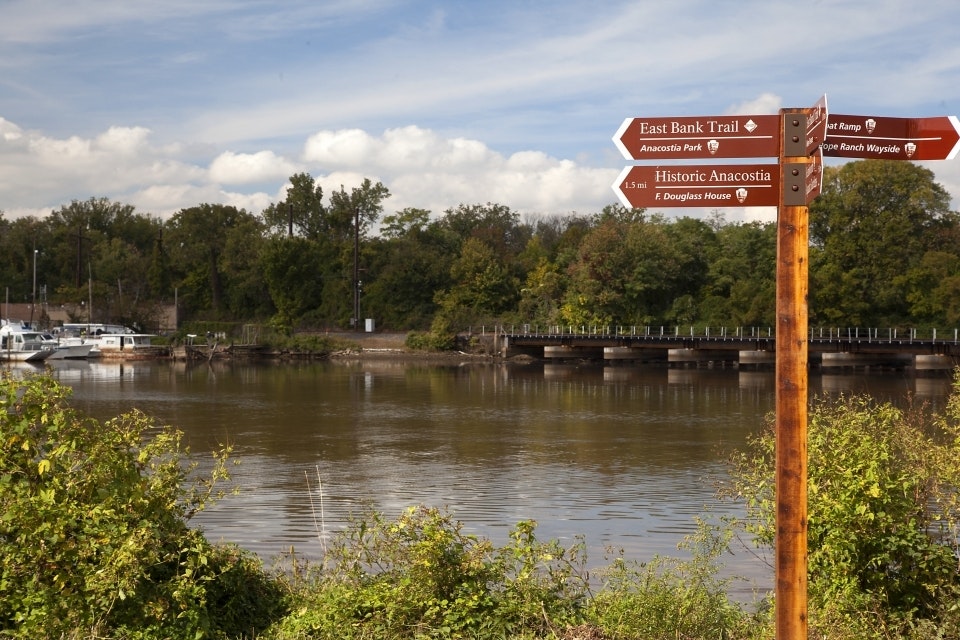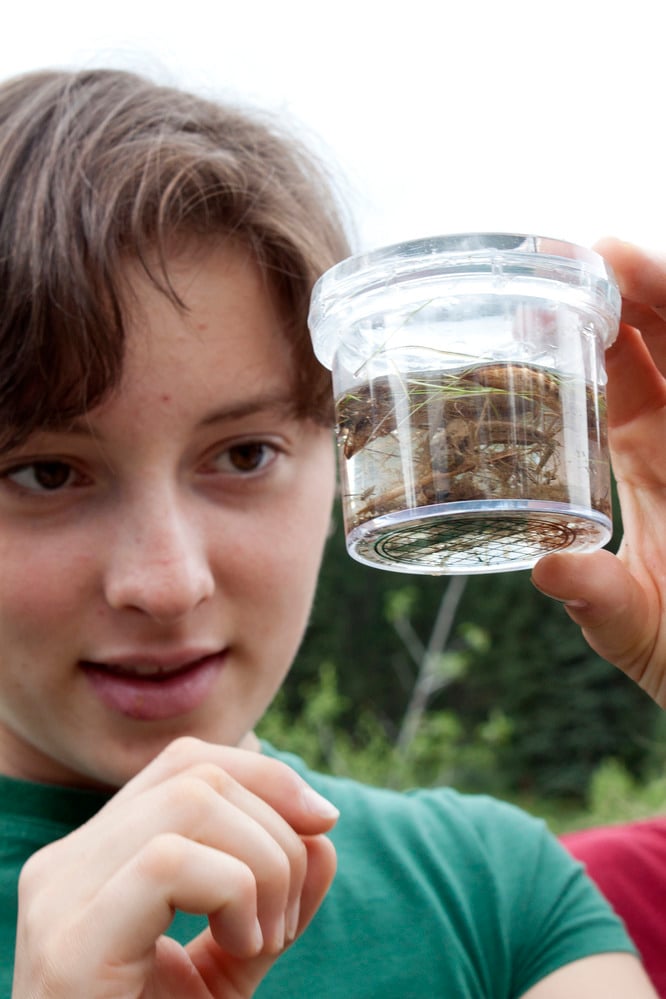
Along the banks of the Anacostia River in Washington, D.C., Anacostia Park is one of many green spaces located in the nation’s capital. The park’s grounds feature playgrounds, basketball and tennis courts, a riverwalk trail, and a golf course.

The future of our parks depends on the next generation. That's why we are committed to inspiring students and teachers to love and support our national parks.

National parks are the perfect setting for children to unleash their curiosity and tap into their inner scientist. From exploring mystical geologic formations in caves, to tracing animal footprints along an unknown trail, to studying the ecosystems of local rivers and tributaries, national parks offer endless opportunities for scientific exploration. And it's when their classroom learning comes to life that students make an emotional – and most importantly, lasting – connection with national parks through science, the environment, and their own potential for discovery.
The National Park Foundation is cultivating the next generation of park protectors. In 2017, NPF partnered with the National Park Service and the Veverka Family Foundation to pilot Citizen Science 2.0, a science education program that allows students to expand their classroom lessons inside national parks. Impressively, 36 schools from across the country had the opportunity to bring students and teachers to local national park sites to explore lessons on water and watersheds during the second year of the program alone.
During the 2019-2020 school year, students and teachers will come to the Anacostia River to collect data on a crucial – and sadly, endangered – member of the Anacostia ecosystem: the freshwater mussel. Students and teachers are taking part in an ongoing restoration project, as they help with D.C. Mayor Muriel Bowsers' initiative to reintroduce 35,000 native mussels to the watershed. District youth are helping to raise these mussels and monitor their growth while in the field and back in the classroom. Over the course of the school year, approximately 400 second graders will learn about the important role these tiny creatures play in keeping the Anacostia River clean and healthy.

Participating students are continuing to make amazing contributions. In 2019, they helped to introduce mussels in eight different locations along the river and observed the rate at which they grew and reproduced – and how the water quality improved as a result!
“Students were appreciative of the role of mussels in improving water quality,” noted a Citizen Science 2.0 teacher. Field experiences like these allow students to observe firsthand how a well-functioning ecosystem can directly affect their own community.
Creating an emotional bond between students and nature best happens when students experience nature firsthand.
This program, and many others, are made possible through grants from the National Park Foundation, which help classroom lessons come to life at our majestic national parks. Donate today to help future scientists embark on their own park trips.